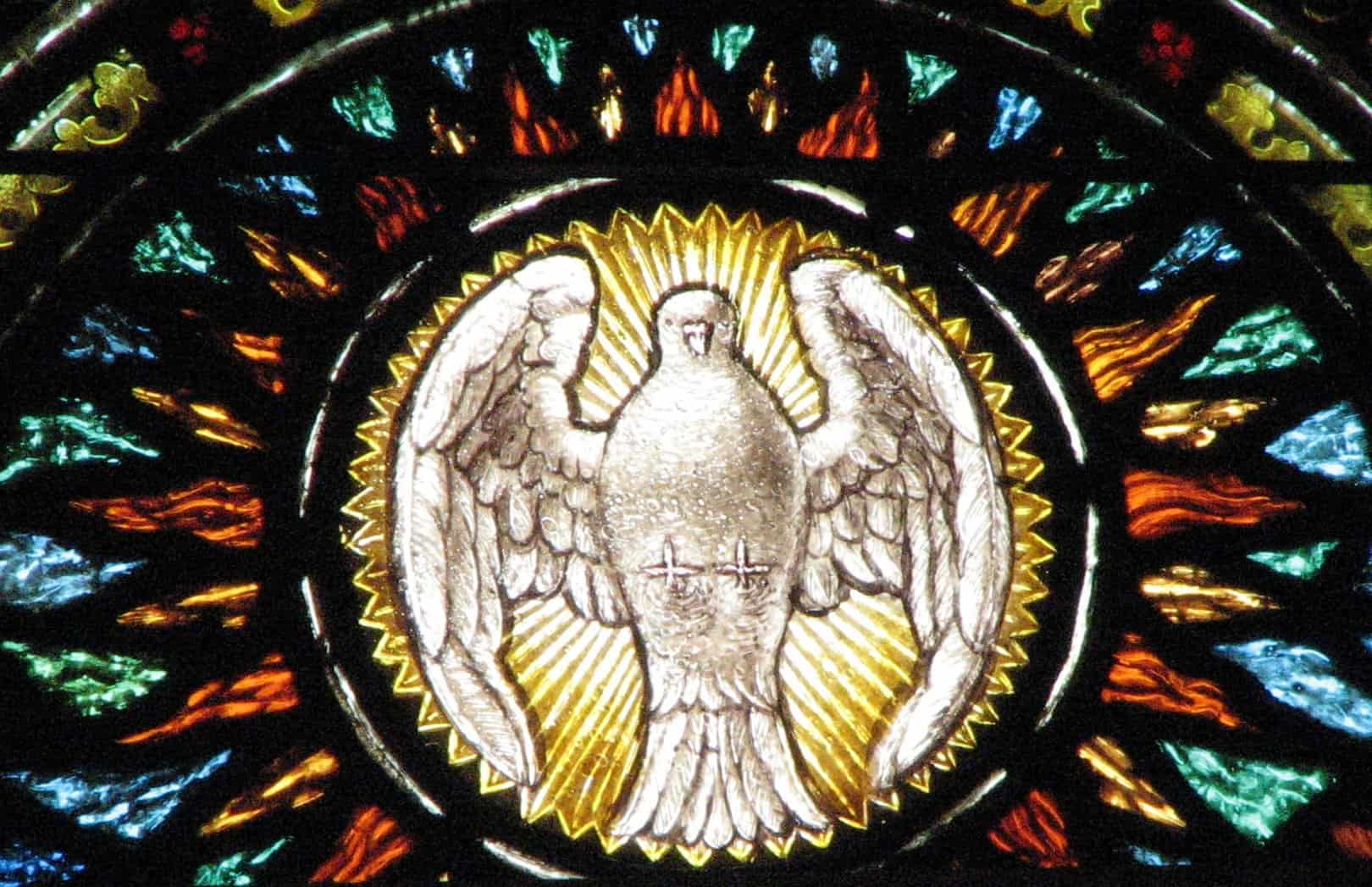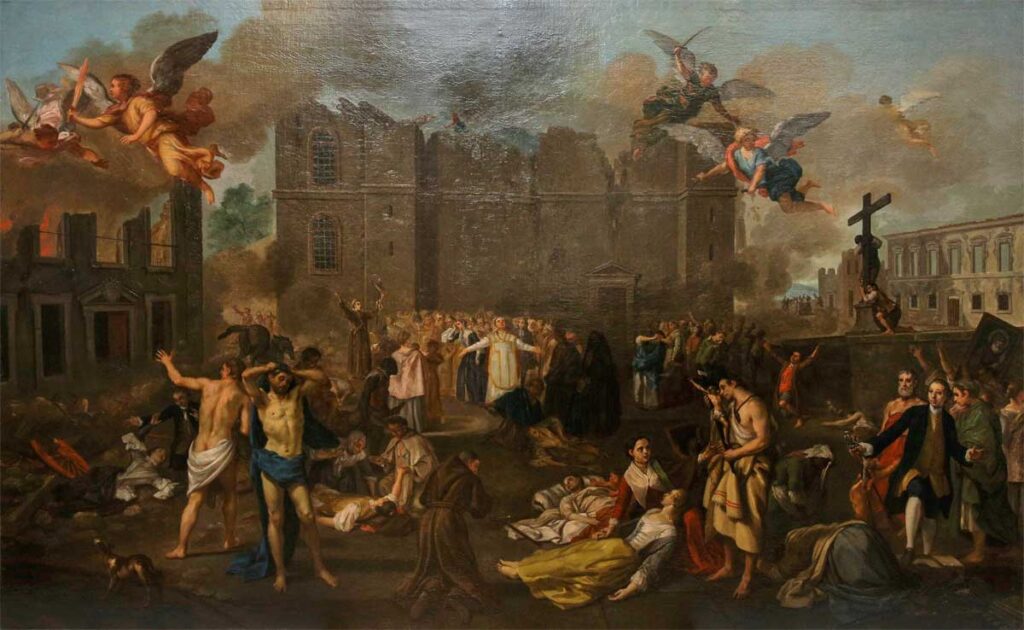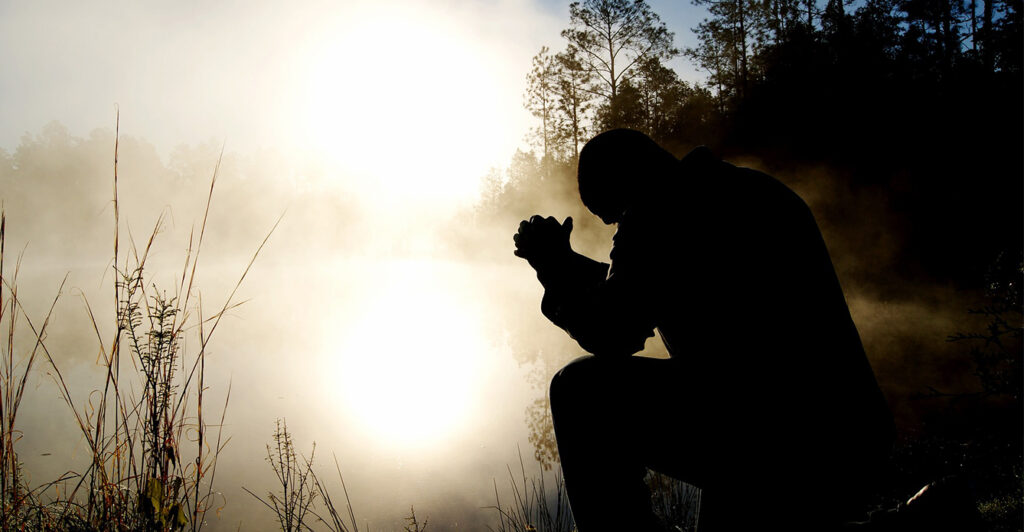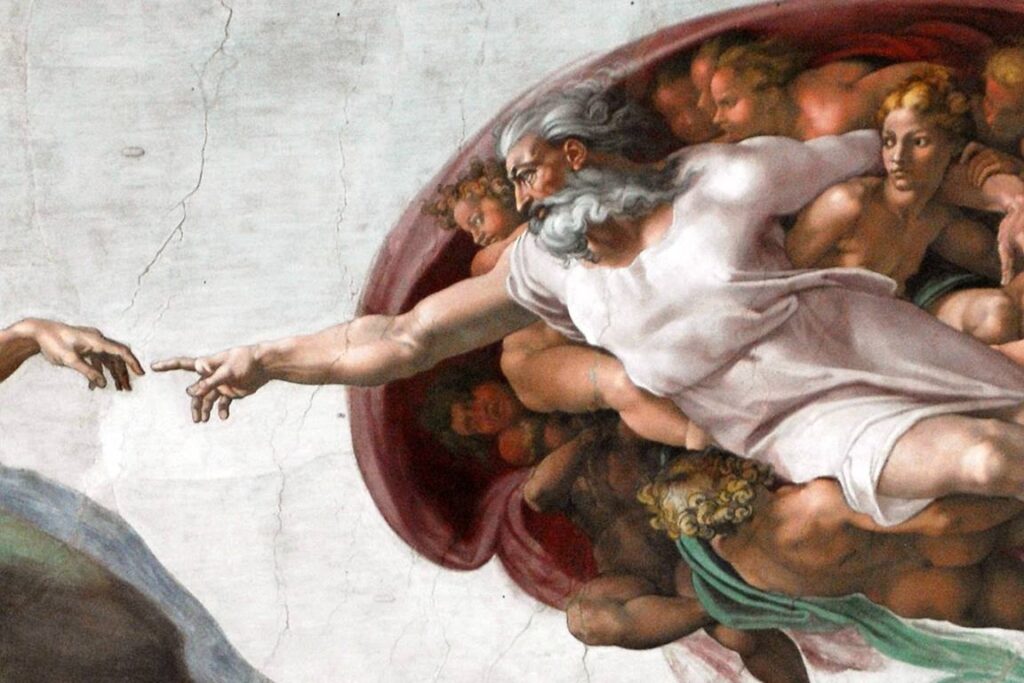Spirit can be both known and unknown. Spirits are supernatural beings with specific roles and powers. The mystical and surreal exist in the spiritual realm. Integrate the spiritual layer of being with all other layers; physical, emotional, energetic, and intellectual. In doing so, you will begin to learn the answer of what is spirit. A spirit is the etheric layer of a being. All other layers are encapsulated by this layer. In the spiritual realm, there is only what is immaterial or incorporeal. The subtle body has been described as spirit. It is a person’s shadow or dreams.
Angels remind us that we are never alone in our struggles; guardian angels guide us towards light even amidst darkness. Animal spirits teach us valuable lessons about living in harmony with nature’s rhythms while reflecting upon the profound interconnectedness among all living beings. The trees send us oxygen, we return carbon dioxide. Nature spirits are ancestral roots to religion. Jesus Christ has been described as a magician. His teachings on the holy spirit have reached across time to believers whose ancestors did not know of his grace.
Examine the collection of historical research on spirituality. Does the empirical evidence support the claim that there is no divine? If questioning how we arrived here in space and time, the evidence for divine intervention is massive. There are several ways in which science has proven that the divine exists, and not the opposite.
Definition of Spirit
Spiritual layers of being extend beyond the physical realm. For example dreams or traumatic events stay in our conscious awareness but are not physically tangible. The term “spirit” derives from the Latin word “spiritus,” which translates as breath or breath of life. A spirit represents an intangible force or energy. Although we breathe, we do not focus on the effort of breathing as we go about our routines. It is both known and unknown. In Greek, the word “pneuma” is often translated as spirit or breath. Both terms emphasize breath as a life-giving aspect associated with spirit. Plato believed that human beings had immortal souls that pre-existed before birth and would continue to exist after death. In the spirit realm we imagine various dimensions beyond our immediate perception. These varying perspectives highlight humanity’s ongoing quest to understand what constitutes “spirit.” Spirituality, is a concept of spirit, which serves as an integral bridge between the earthly and metaphysical dimensions.
The Shinto religion of Japan emphasizes the “comi”. This is the idea that non-sentient physical, material things are also divine. Even the rocks and wind have god inside. The spirit of things is no less important within the interdependence of unity. Myths such as the Grass Cutting Sword detail how even a weapon is spiritual, despite its inanimate state of being.
History of Spirit
Within Christian theology, humans are seen as vessels. In examination of teachings such as those found in 1 Corinthians 6:19: “Do you not know that your bodies are temples of The Holy Spirit?”, it is understood that spirit is connected with holiness. Muslims are encouraged to nurture their spiritual health with a direct connection with Allah. The spirit of alcohol has a special treatment in the arabic world. It is considered medicine with a purpose of invocation to a demonic entity. This tradition subtly inhabits our western cultural ideas of alcohol, being also referred to as ‘spirits’. Anything in excess is detrimental and not safe. In the case of alcohol, some faiths believe it is meant to call forth evil.
The concept of spirit plays a crucial role in the history of religion (see histogram by John B. Sparks). Nature and the mother goddess have foundational positions in spiritual history. Ancestor worship arose after the era of food gatherers. The need to survive created a closeness to animal life. In communion with animal life, these ancient humans saw their world as full of spiritual beings. In this ancient era, the idea of ghosts and the concept of an afterlife is evidenced by the burial sites which contain axes and tools. The history of spirits has many parables to investigate.
Generally, it is in the evolution toward ancestor worship where we discover that spirit is best described as a subtle body, not immaterial. Spirit refers to part of a person’s being that connects them to a spiritual realm. The historical use of totem and taboo, divine kings, and fertility cults evolves humankind toward spiritual unity. Today, the evidence of physical, scientific manifestations of the “GOD” mind move humanity from hunter gatherers to enlightened philosophers.
Neuropsychosocial research describes the most recent history where science and faith are intertwined. Neuroscientific research has identified parts of the brain systems that are associated with safety, care, and connection. Neuroimaging techniques, such as functional magnetic resonance imaging (fMRI), have revealed distinctive patterns of brain activity. Interestingly, researchers have observed reduced activity in regions associated with self-awareness, leading to a dissolution of ego boundaries and an increased sense of connectedness with something greater than oneself. Neuroplasticity is encouraged when the parts of the limbic system associated with fear are suppressed. To move out of survival mode, the amygdala must not be activated. We must experience safety in order to allow the higher functioning parts of the physical brain systems to rewire our behaviors. This is neuroplasticity. It causes behavior modification. It is physical and spiritual.
Spiritualism in Modern History
As we unravel the many facets of the spirit realm, we are reminded of the power of belief, the depths of human imagination, and our eternal quest for meaning and transcendence. Whether through folklore passed down through generations or scientific investigations seeking empirical evidence, our understanding of spirits continues to evolve. The work of D.D. Home is an example of a post-modern spiritualist. He was gifted as a young man with the ability to “see” things. He was warned that his gift would disappear, should he accept money for his work. He conducted seances for Napolean III, and many Americans during his life (1833-1886).
He revealed that the end of the inquisition was heralded by a young Protestant, Roland Pierre Laporte. It was remarked by Home, that the Catholic vicar that conducted the torture of Laporte’s followers, (after Laporte was shot at the age of 22 , as leader of the camisards) wrote that they continued to sing their father’s praises in hymns, despite exhausting bouts of cruelty. The ability for a Scottish American to relate this without any connection to French History, or the Waldensian faith is what a spiritualist does. It is both known and unknown, or maybe it is neither also.
The spiritualist movement produced many subgroups of faith. It was primarily popular in the late nineteenth century, around 1870. Many christians were converted from experiences with spiritualists that were proven frauds. A spiritualist believed that contact with the dead could be possible by the living. Faith in the unity of all things, or in Christ comes into direct conflict with this pattern of belief. One can believe in the path of free will, but the spiritualist believes the end of the spirit leaves an imprint that can be learned and communicated after death.
Evidence of Spirits
Whether you believe in ghosts or worship ancestors, the evidence that there is a subtle body which was created by a life affirming force cannot be ignored. To obtain spiritual health you could follow any number of rituals and medicinal routines. The integration of medicine with the practice of prayer has cultivated a new role for modern practitioners. This role may look like that of a magician. The doctor who has faith in their own healing ability exhibits authority through the awareness that good health comes from lack of fear. We should value our inner authority to discern that we pray not to judge. A spirit is a concept to explain what was previously unknown but is now widely accepted. Without spirituality, the outer shell of human beings is fragmented and unprotected.t good health comes from lack of fear. We should value our inner authority to discern that we pray not to judge. A spirit is a concept to explain what was previously unknown but is now widely accepted. Without spirituality, the outer shell of human beings is fragmented and unprotected.







